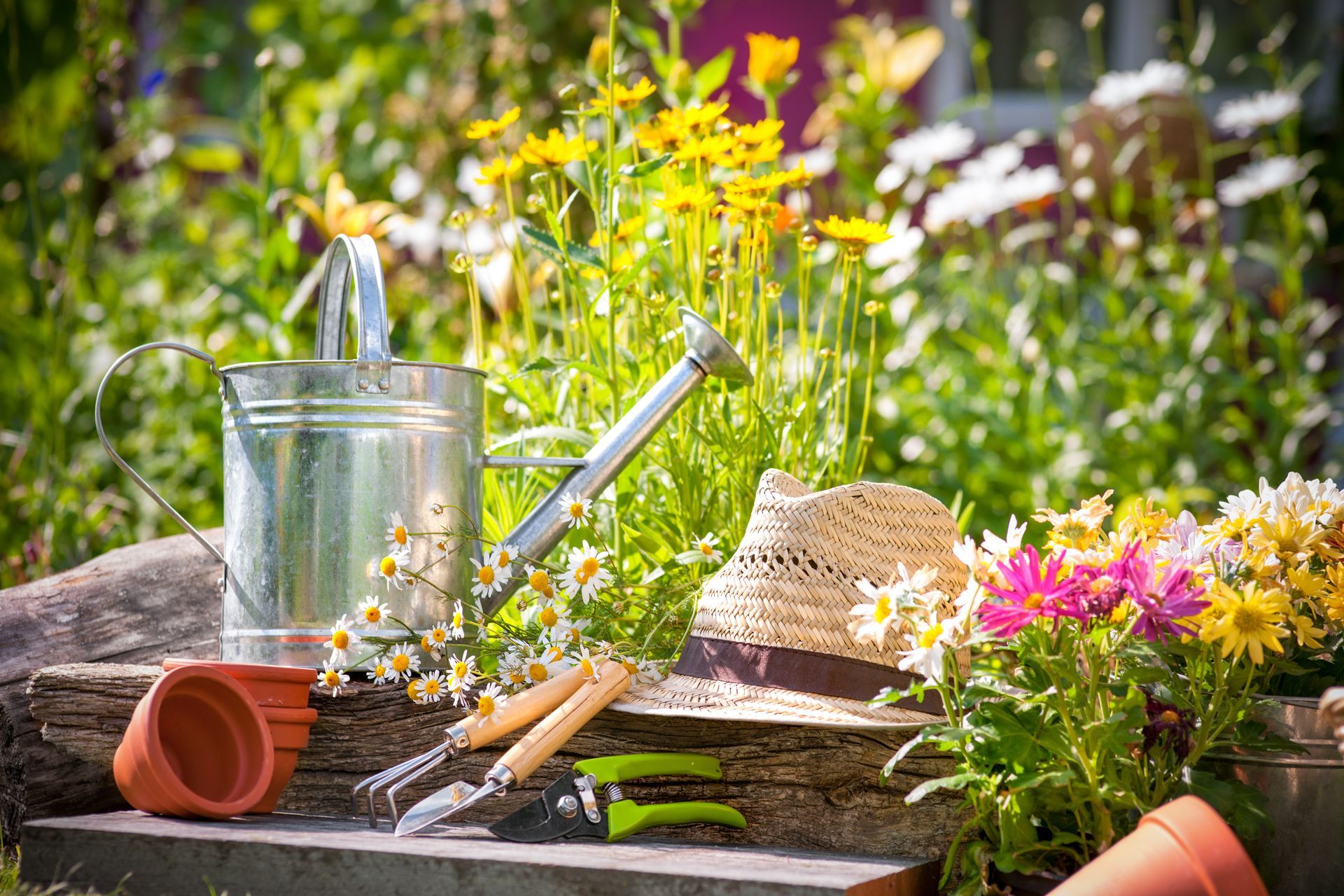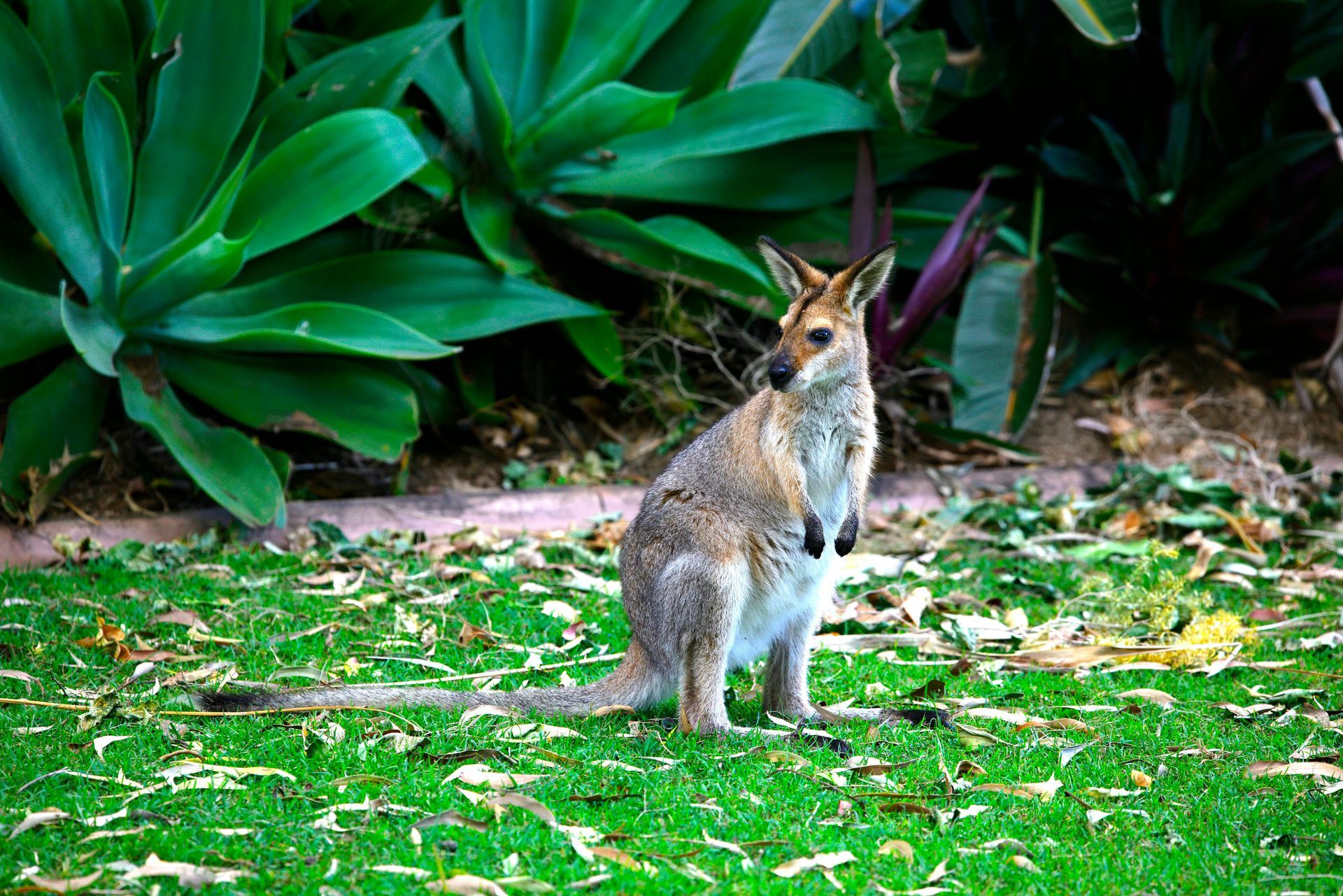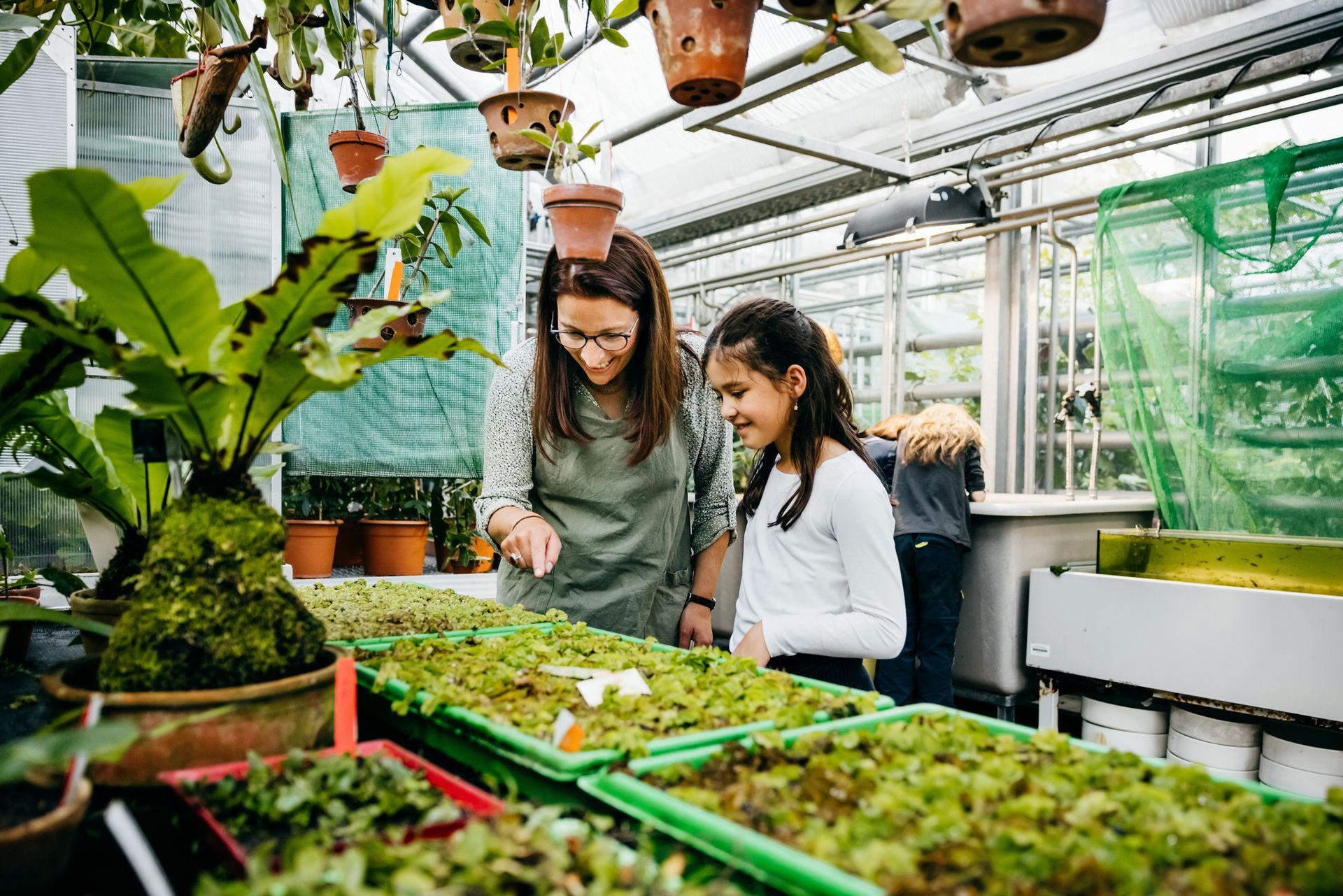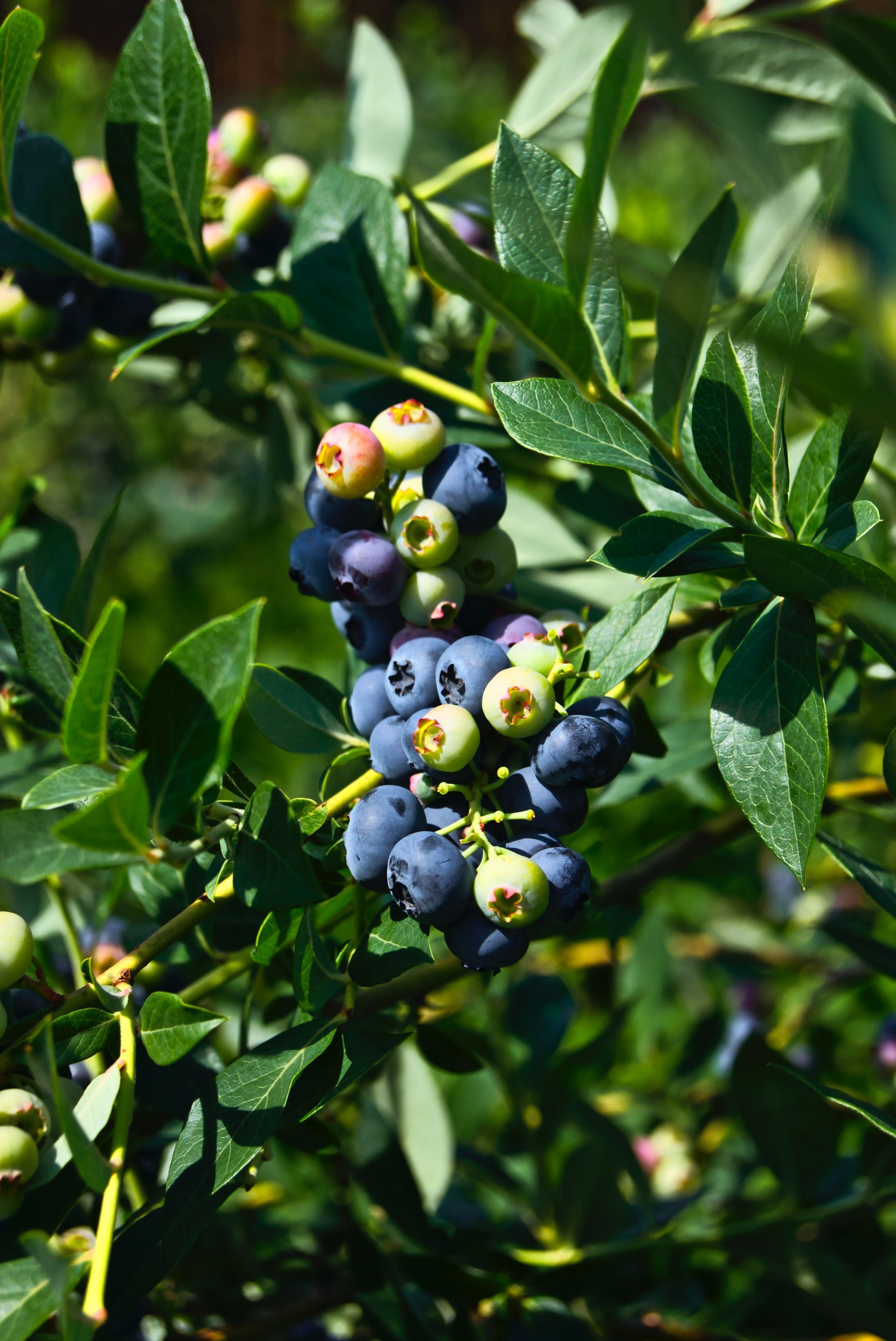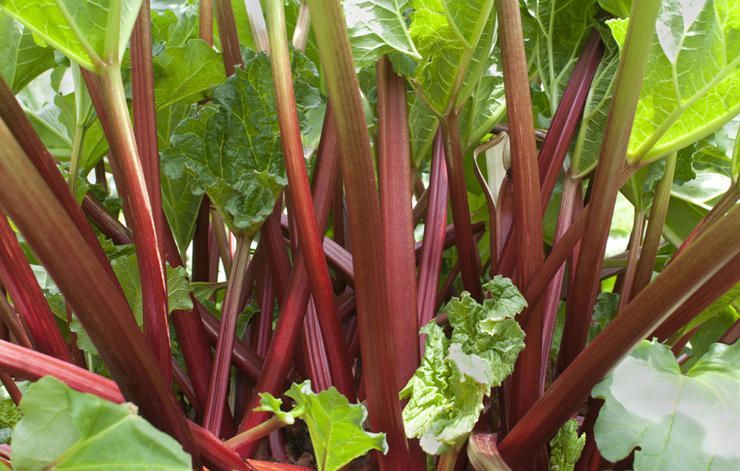Control Methods
Codling Moth or Cydia pomonella is the bane of many a home orchardist however with a few simple control methods you can enjoy beautiful home grown apples without the additional protein.
There are many control methods with varying degrees of success, of these some simple thing like free ranging chickens beneath your trees can help reduce the numbers of emerging adults early in the season, a method that can help but will not eradicate the grubs.
Physical barriers such as tree banding with a grease tape will slow the climb of the emerging adults in the spring time. The banding forms a temporary shelter from which the Codling Moth can be collected.
Likewise products such as Eco Oil, a botanical oil extract, can be used with a reasonable level of control but timing needs to be exact as this product kills on contact and so will only control the moths it comes in contact with and has a very short window of cover.
The best methods of control involve a two pronged attack using a pheromone trap as an indicator of moth activity. The sticky trap will control moths on its own, however some of the female moths may have already laid eggs on your newly forming apples before visiting the trap to mate with the males they believe the pheromone is coming from. Home garden traps generally contain the pheromone of both the male and the female moth and so attract and capture both.
A relatively new product on the market is Success Ultra a product containing the active ingredient spinetorum. Spinetorum is an insecticide derived from the toxins of a bacterium and has an exceptional control of caterpillars as well as several other pest insects.
Success Ultra is best applied to trees as the last of the blossom is finishing on the tree and traps are showing evidence of activity, usually around mid-October for Hobart.
After the initial spray, two more applications at fortnightly intervals should be all that is required for grub free apples.
Success Ultra when in a liquid form has shown some toxicity to bees so is best applied later in the day when the bees have headed home for the evening and once dry appears to have no impact on beneficial insects.
Success Ultra is considered a safe product and is approved for Organic Farming as the toxins involved are from a natural source but standard precautions should be taken as per label instructions.
A little bit of effort at the beginning of the season is all that is required for delicious home grown apples and you'll have the added benefit of knowing exactly what sprays have been used on your fruit for the growing season.
You can purchase the above products instore at Stoneman's or in our online shop: https://shop.stonemans.com.au/collections/pest-disease/products/success-ultra-200ml

